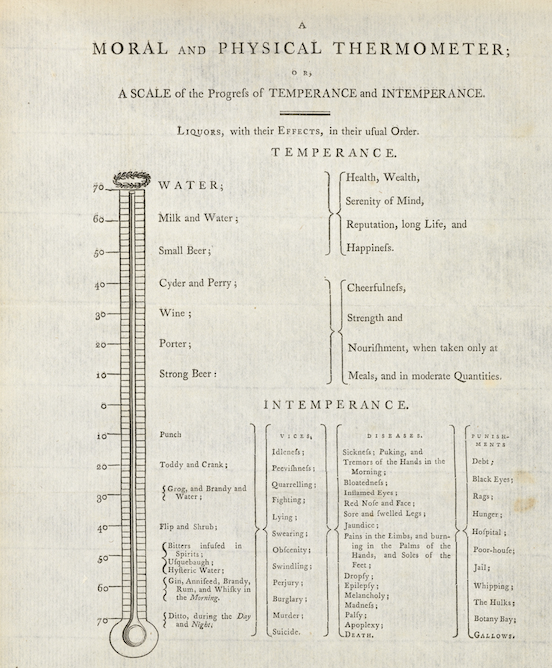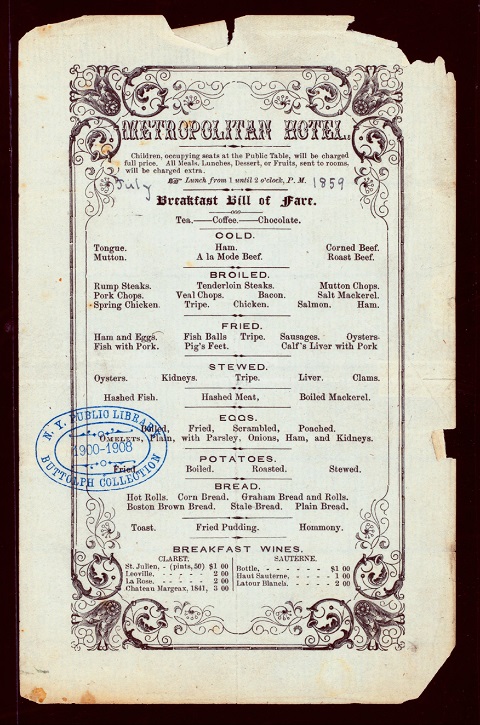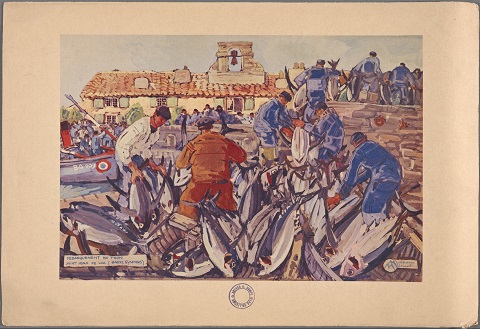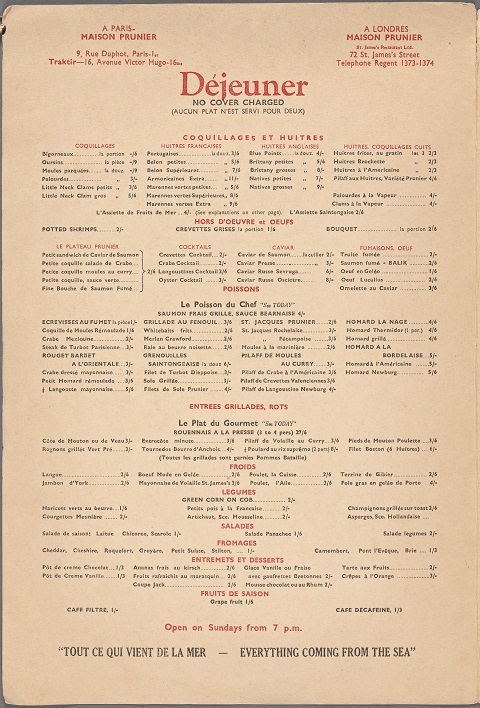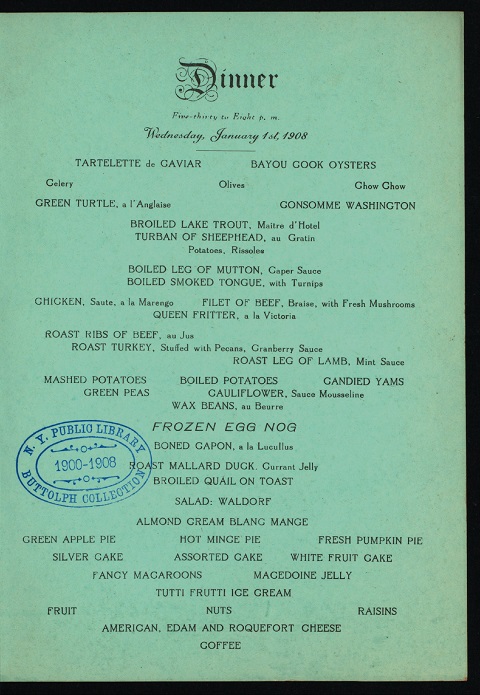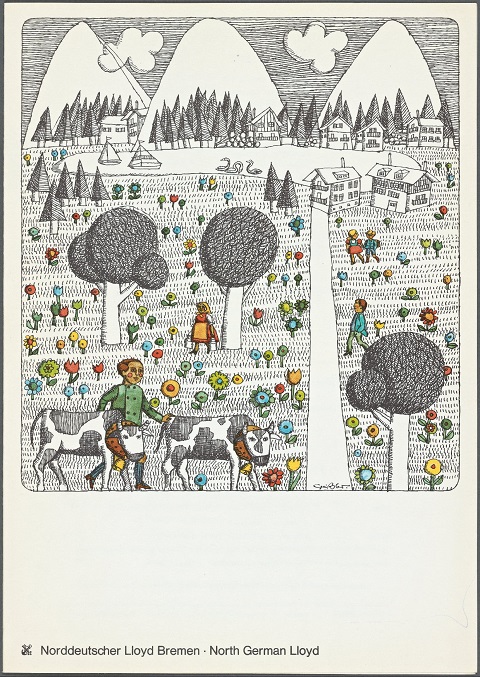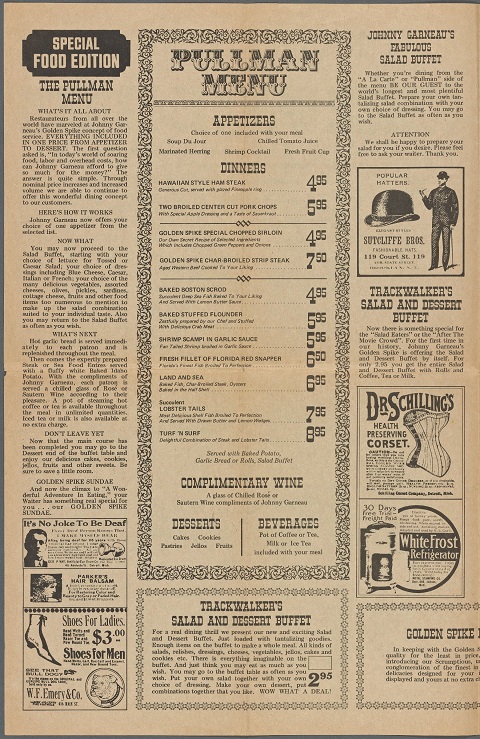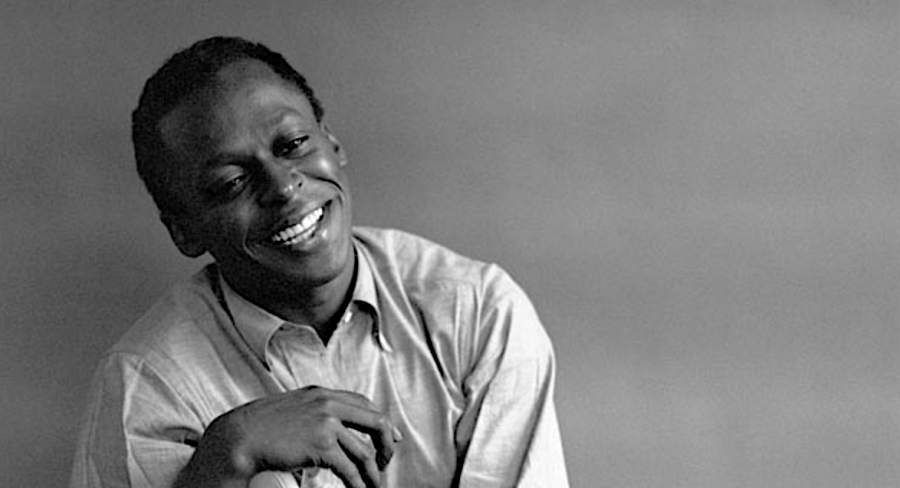
How many Americans could, off the top of their heads, tell you exactly why history remembers Benjamin Franklin? Not many, I suspect, though we all know that he did a great deal worth remembering, even by the standards of a Founding Father. (Something got him on the $100 bill, after all.) Of course, only his biographers could remember the every accomplishment of this “First American,” from helping unite the colonies, to publishing newspapers, to serving as Ambassador to France, to putting US national security at risk, to co-founding the University of Pennsylvania, to inventing bifocals and everything in between. Most Americans can, I suspect, summon to mind the image of Franklin flying a kite with a key on it as well.
It also turns out that Franklin could indulge in a vice as heartily as he could a virtue; the man who wrote Poor Richard’s Almanack knew how to have a good time. In 18th-century America, this seems often as not to have meant to know how to drink — and, in Franklin’s case, also to know how to identify the drunk. His reputation as a bon vivant and a man of letters converged in a January 13, 1737 edition of the Pennsylvania Gazette, wherein he published this “Drinkers Dictionary” consisting of 200 synonyms for wasted, blotto, half in the bag, three sheets to the wind, and others that would emerge over the following centuries. See them all below.
A
He is Addled,
He’s casting up his Accounts,
He’s Afflicted,
He’s in his Airs.B
He’s Biggy,
Bewitch’d,
Block and Block,
Boozy,
Bowz’d,
Been at Barbadoes,
Piss’d in the Brook,
Drunk as a Wheel-Barrow,
Burdock’d,
Buskey,
Buzzey,
Has Stole a Manchet out of the Brewer’s Basket,
His Head is full of Bees,
Has been in the Bibbing Plot,
Has drank more than he has bled,
He’s Bungey,
As Drunk as a Beggar,
He sees the Bears,
He’s kiss’d black Betty,
He’s had a Thump over the Head with Sampson’s Jawbone,
He’s Bridgey.C
He’s Cat,
Cagrin’d,
Capable,
Cramp’d,
Cherubimical,
Cherry Merry,
Wamble Crop’d,
Crack’d,
Concern’d,
Half Way to Concord,
Has taken a Chirriping-Glass,
Got Corns in his Head,
A Cup to much,
Coguy,
Copey,
He’s heat his Copper,
He’s Crocus,
Catch’d,
He cuts his Capers,
He’s been in the Cellar,
He’s in his Cups,
Non Compos,
Cock’d,
Curv’d,
Cut,
Chipper,
Chickery,
Loaded his Cart,
He’s been too free with the Creature,
Sir Richard has taken off his Considering Cap,
He’s Chap-fallen,D
He’s Disguiz’d,
He’s got a Dish,
Kill’d his Dog,
Took his Drops,
It is a Dark Day with him,
He’s a Dead Man,
Has Dipp’d his Bill,
He’s Dagg’d,
He’s seen the Devil,E
He’s Prince Eugene,
Enter’d,
Wet both Eyes,
Cock Ey’d,
Got the Pole Evil,
Got a brass Eye,
Made an Example,
He’s Eat a Toad & half for Breakfast.
In his Element,F
He’s Fishey,
Fox’d,
Fuddled,
Sore Footed,
Frozen,
Well in for’t,
Owes no Man a Farthing,
Fears no Man,
Crump Footed,
Been to France,
Flush’d,
Froze his Mouth,
Fetter’d,
Been to a Funeral,
His Flag is out,
Fuzl’d,
Spoke with his Friend,
Been at an Indian Feast.G
He’s Glad,
Groatable,
Gold-headed,
Glaiz’d,
Generous,
Booz’d the Gage,
As Dizzy as a Goose,
Been before George,
Got the Gout,
Had a Kick in the Guts,
Been with Sir John Goa,
Been at Geneva,
Globular,
Got the Glanders.H
Half and Half,
Hardy,
Top Heavy,
Got by the Head,
Hiddey,
Got on his little Hat,
Hammerish,
Loose in the Hilts,
Knows not the way Home,
Got the Hornson,
Haunted with Evil Spirits,
Has Taken Hippocrates grand Elixir,I
He’s Intoxicated,
Jolly,
Jagg’d,
Jambled,
Going to Jerusalem,
Jocular,
Been to Jerico,
Juicy.K
He’s a King,
Clips the King’s English,
Seen the French King,
The King is his Cousin,
Got Kib’d Heels,
Knapt,
Het his Kettle.L
He’s in Liquor,
Lordly,
He makes Indentures with his Leggs,
Well to Live,
Light,
Lappy,
Limber,M
He sees two Moons,
Merry,
Middling,
Moon-Ey’d,
Muddled,
Seen a Flock of Moons,
Maudlin,
Mountous,
Muddy,
Rais’d his Monuments,
Mellow,N
He’s eat the Cocoa Nut,
Nimptopsical,
Got the Night Mare,O
He’s Oil’d,
Eat Opium,
Smelt of an Onion,
Oxycrocium,
Overset,P
He drank till he gave up his Half-Penny,
Pidgeon Ey’d,
Pungey,
Priddy,
As good conditioned as a Puppy,
Has scalt his Head Pan,
Been among the Philistines,
In his Prosperity,
He’s been among the Philippians,
He’s contending with Pharaoh,
Wasted his Paunch,
He’s Polite,
Eat a Pudding Bagg,Q
He’s Quarrelsome,R
He’s Rocky,
Raddled,
Rich,
Religious,
Lost his Rudder,
Ragged,
Rais’d,
Been too free with Sir Richard,
Like a Rat in Trouble.S
He’s Stitch’d,
Seafaring,
In the Sudds,
Strong,
Been in the Sun,
As Drunk as David’s Sow,
Swampt,
His Skin is full,
He’s Steady,
He’s Stiff,
He’s burnt his Shoulder,
He’s got his Top Gallant Sails out,
Seen the yellow Star,
As Stiff as a Ring-bolt,
Half Seas over,
His Shoe pinches him,
Staggerish,
It is Star-light with him,
He carries too much Sail,
Stew’d
Stubb’d,
Soak’d,
Soft,
Been too free with Sir John Strawberry,
He’s right before the Wind with all his Studding Sails out,
Has Sold his Senses.T
He’s Top’d,
Tongue-ty’d,
Tann’d,
Tipium Grove,
Double Tongu’d,
Topsy Turvey,
Tipsey,
Has Swallow’d a Tavern Token,
He’s Thaw’d,
He’s in a Trance,
He’s Trammel’d,V
He makes Virginia Fence,
Valiant,
Got the Indian Vapours,W
The Malt is above the Water,
He’s Wise,
He’s Wet,
He’s been to the Salt Water,
He’s Water-soaken,
He’s very Weary,
Out of the Way.
Franklin’s glossary also appears in Lists of Note, the brand new, highly recommended book from Letters of Note’s Shaun Usher. Wherever you consult it, bear in mind Franklin’s introductory note that all these terms come “gather’d wholly from the modern Tavern-Conversation of Tiplers. [ … ] I was tempted to add a new one my self under the Letter B, to wit, Brutify’d: But upon Consideration, I fear’d being guilty of Injustice to the Brute Creation, if I represented Drunkenness as a beastly Vice, since, ’tis well-known, that the Brutes are in general a very sober sort of People.” Which brings to mind a few better-known words attributed to the man: “Beer is proof that god loves us and wants us to be happy.” He actually said it about wine, but either way, let’s give Franklin credit: he was Wise — in moderation, of course.
Related Content:
Drunk History: An Intoxicated Look at the Famous Alexander Hamilton – Aaron Burr Duel
Drunk Shakespeare: The Trendy Way to Stage the Bard’s Plays in the US & the UK
Colin Marshall hosts and produces Notebook on Cities and Culture and writes essays on cities, language, Asia, and men’s style. He’s at work on a book about Los Angeles, A Los Angeles Primer. Follow him on Twitter at @colinmarshall or on Facebook.
